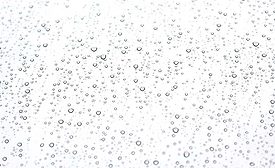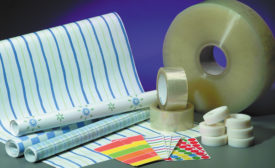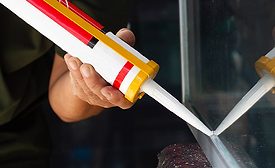Finished Adhesives and Sealants
Water-based adhesive systems make inroads into traditional solventborne technology.
Read More
An Overview of Emulsion Polymers Used in the Adhesives Industry
Demand for adhesive emulsions is forecast to expand 4.4 percent per year to 2.3 million metric tons in 2005.
June 30, 2002
Understanding Viscoelastic Damping and Treatments Using Typical Adhesive Materials
Analytical tools are now available to engineers and product designers challenged with the task of reducing the radiated noise and vibration levels of structures.
May 29, 2002
U.S. Sealant Standards in Building Construction
Sealants must be applied according to the manufacturer’s instructions, which generally correspond with industry guides and practices.
April 20, 2001
The New Century of Adhesives
To answer our questions on the outlook for the industry, we leaned on members of our editorial advisory board and others representing raw material and equipment suppliers, adhesives manufacturing, product development, technical service, business management and consulting.
September 15, 2000
Asphalt-Modified Polyurethanes Show Advantages in Construction Sealants
Poly bd resins are used in adhesives, sealants, castable elastomers, caulks, membranes, foams, coatings, propellant binders, potting and encapsulating compounds, as well as other rubber-fabricated materials.
June 1, 2000
ISO 9000:2000 - The New Quality Standard
ISO 9000 has been revised—but the new standard, called ISO 9000:2000, is a radical revision and the industry has questions.
April 17, 2000
Keep the info flowing with our eNewsletters!
Get the latest industry updates tailored your way.
JOIN TODAY!Copyright ©2024. All Rights Reserved BNP Media.
Design, CMS, Hosting & Web Development :: ePublishing






